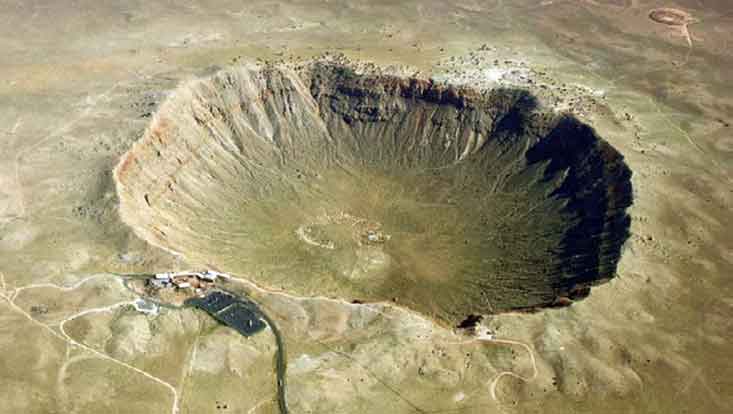The exhibition
Get to know the contemporary witnesses of the Eocene: From insects trapped in amber to fossils from lake deposits and skeletal reconstructions, the special exhibits offer a vivid look at this era of Earth history. Learn how CeNak explores the past and what insights are gained that are relevant to us in the present.
Tab Teaser
Central Europe was covered by jungle. Hamburg was under water and a tropically warm climate prevailed. Not only the flora, but also the fauna of the Eocene holds some surprises for visitors: Are dinosaurs really completely extinct or do their descendants still live among us - without us noticing? Anyone looking at the reconstructed skeleton of the giant ratite Gastornis in the special exhibition can clearly see the form in which the dinosaur genes have been able to survive. Mammals were also able to flourish in this exciting chapter of the Earth's history and enriched the animal world with diverse species, such as the exhibited prehistoric horse (Propalaeotherium parvulum). The exhibition shows the diversity of the animal world at that time in the form of fossils in oil shale to inclusions in amber.

The term Eocene stands for the new beginning - the origin of the word also for daybreak or dawn. Another focus of the exhibition is dedicated to the "sunstones". In them slumber long-extinct animal species whose relatives now live in much warmer corners of the earth. Highlights from the more than 6,000 ambers in the LIB collection are presented, supplemented by loans: From inclusions in which small animals and plants are enclosed to objects of daily use, there is a great variety to discover. It is vividly explained what amber tells us about the past and what difficulties are involved in the recovery and trade of the valuable material.

For researchers, contemporary witnesses of the Eocene are of great importance. In addition to the exhibits, the exhibition also presents research findings and shows how relevant they are for the present: For example, what can we learn from the climate fluctuations of that time and how accurately can they be reconstructed? LIB researchers provide insights into their work on current studies and explain, for example, how they gain evolutionary theoretical insights from fossils and with the help of which modern methods the amber inclusions are examined.








